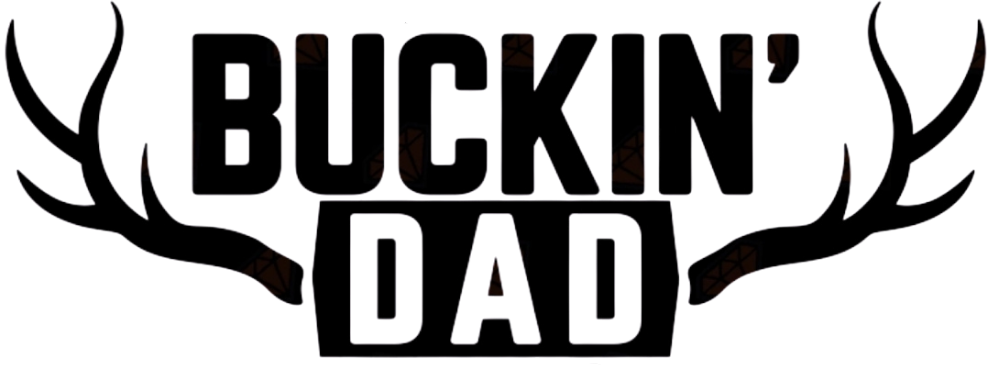Tracking Game Like a Pro: Signs, Trails & Tips for New Hunters
One of the most vital skills in hunting is tracking. A successful hunt often comes down to how well you can read the signs nature leaves behind. If you’re a beginner, learning to track wildlife can seem daunting, but with the right techniques and patience, it’s a skill that will elevate your hunting game.
In this post, we’ll cover how to identify animal tracks, interpret signs, and follow trails to find your prey—whether you’re hunting deer, boar, turkey, or any other wildlife.

🐾 1. Understanding Tracks – The First Clue
Animal tracks are one of the first clues you’ll encounter in the wild. But it’s not just about identifying the prints—size, shape, depth, and pattern matter too.
-
Deer: Their tracks are typically about 2–3 inches wide, with a heart-shaped appearance. The hooves often show sharp points, and they leave deep impressions in soft soil.
-
Wild Boar: Their tracks are more rounded, with a noticeable claw mark in each print, and usually wider than deer tracks.
-
Turkeys: Look for three-toed tracks that resemble a human’s foot, but much smaller.
Tip: If you see only one set of tracks, it could mean the animal is moving away from danger. Multiple tracks close together usually indicate the animal was grazing or resting.
🦅 2. Reading the Signs – Beyond Tracks
Not all signs are tracks! As a hunter, you’ll need to pay attention to other environmental clues, such as:
-
Broken branches: Animals like deer often break twigs when they’re moving through thick brush. Look for branches that are snapped at about head height—this can show where the animal passed through.
-
Rub marks: Male deer often rub their antlers on trees to mark territory. These marks are usually about waist height, and you’ll find shredded bark at the base of the tree.
-
Scat: Yes, animal droppings tell a story! The color and texture of scat can reveal what the animal has been eating and how recently it passed through the area.
🌳 3. Following Trails – Stay Quiet and Steady
Once you’ve identified tracks and signs, it’s time to follow the trail. Keep in mind these key tracking tips:
-
Walk slowly: Every step counts. Quick movements will alert the animal and you’ll lose the trail.
-
Look for natural pathways: Animals tend to walk along the easiest paths, such as game trails, waterways, or open spaces where they feel safer.
-
Look up: When tracking through trees, always scan the branches for any signs of movement or noise—an animal can be camouflaged in the canopy.
Pro Tip: If you lose the trail, backtrack to your last confirmed sign. Animals often circle back through areas where they feel safe.
🌾 4. Interpreting Animal Behavior – The Art of Patience
Tracking is more than just finding footprints. You need to understand the animal’s behavior:
-
Foraging vs. running: Tracks that are evenly spaced usually indicate a calm, foraging animal, while tracks that are widely spaced show the animal is running or fleeing.
-
Signs of rest: A patch of flattened grass or dirt divots suggests the animal is resting. These areas are often near feeding spots or water sources.
🌅 5. Knowing When to Stop and Wait
Once you’ve found your prey, it’s time to be patient. There’s no rush in tracking. Many new hunters make the mistake of rushing forward too quickly and losing their chance for a clean shot.
-
Set up in a good position: If you see the animal in your sights, make sure you’re ready to make an ethical shot. If the animal is unaware, give it time to approach your position.
-
Stay still: After you’ve made a few steps towards your target, stop and wait for a while. Animals often circle back to where they feel safe, and giving them space may lead them straight to you.
🦌 Final Thoughts
Tracking is a skill that takes practice and patience. But once you get the hang of it, it transforms you from a casual hunter into a true woodsman. You’ll learn to read the subtle signs nature leaves behind, helping you follow game with precision and care.
Remember, tracking is not about rushing—it’s about observation, patience, and honing your senses. Every track and sign is a new clue on the journey to becoming a skilled hunter.






